One could define the industrial revolution as the epitome of bittersweet; on the one hand, we have luxuries like cars, air conditioning, and advanced medicine – yet on the other, we have scourges like microplastics, loss of forests, and smog. Throughout much of the 20th century, the balance between technological advancements and the abundance of natural resources allowed humanity to turn a blind eye to the adverse environmental effects of our rapid progress.
That is all changing – quickly. Think of it as an exponential curve; for decades, the harm to the planet has been slowly increasing, but nothing has been so severe as to jolt us into a different mindset. The status quo remained acceptable.
Now, whether it’s the ever-expanding wildfire season that plagues most of Western North America or the unprecedented droughts decimating crops and altering landscapes across the world – people are being forced to take notice.
‘Anthropocene’ some are calling it – the Age of Man. A time when our actions have become the dominant force shaping the Earth’s climate and environment. But if we can negatively shape the planet, we can turn it around and work in harmony with our home.
Sustainability doesn’t happen overnight, not when bad habits are so long established. The switch from the internal combustion engine to electric vehicles is a prime example. Around 150,000 workers make parts for these engines. If we immediately switched to EVs only, these individuals would be out of the job, having a ripple effect on them and their families that would negatively affect the economy.
It’s a complex problem – but one we can overcome with time and diligence. It isn’t a want but a need that we – as a whole – transition to sustainable lifestyle practices. Organizations are making big moves in the sustainability realm, whether through eco-friendly regenerative agriculture or compostable, zero-plastic products. Here are some prime examples:
Bill Gates + Blackrock and Hydropanels
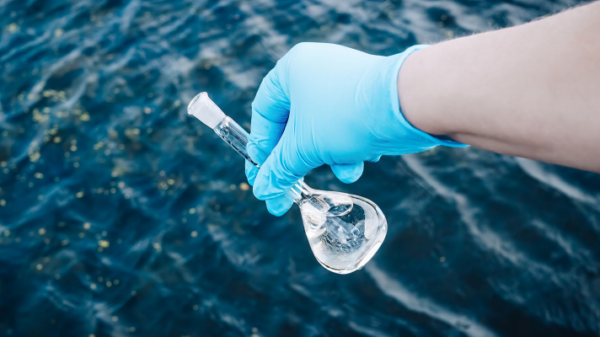
Created by the startup Source, Hydropanels result from innovative technology that absorbs water vapor from the surrounding air and concentrates it by 10,000x, ultimately collecting the now liquid water into a reservoir.
Locations that are humid (although Hydropanels still work in dry climates) but have unclean or unavailable drinking water are prime candidates for this technology, such as India, where 800,000+ villages fit this criterion. After raising $150 million from investors like Breakthrough Energy Ventures, BlackRock, Duke Energy, and the Lightsmith Group, Source now has Hydropanels in over 50 countries in 450 separate locations.
It’s not just foreign countries that can benefit from this technology – in the United States, we have over 1.5 million miles of lead pipes still in the ground, with over 750 water main breaks every day. Utilizing Hydropanels in compromised locations provides a quick alternative to offer clean water for our citizens in crises (such as the tragedy in Flint, Michigan that is still not rectified).
One might assume Hydropanels are an expensive investment, but they pay for themselves. A standard array is two Hydropanels and costs between $5,500-6,500. However, with a 15-year life, these panels will provide you with a case of water per day (12 standard bottles) for less than $0.15 per bottle.
Target Zero = Sustainable Beauty
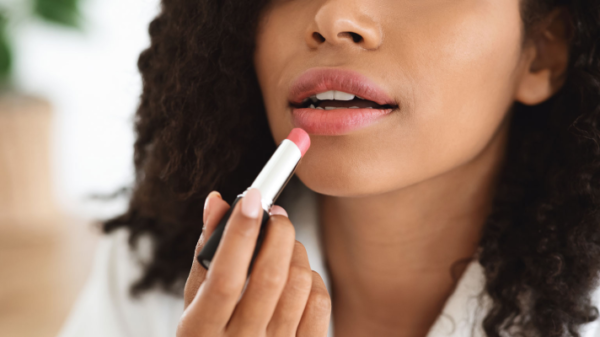
Target Zero is a new initiative from the popular retailer to mark every refillable, reusable, compostable, or recycled beauty, personal care, and household product with a special icon.
Target Zero is part of Target’s overall sustainability strategy, ‘Target Forward.’ They pledge to design and elevate sustainable brands and reduce the virgin plastic in its packaging by 20% by 2025 (20% may sound small, but the beauty industry alone produces 120 billion plastic packages every year).
Carbon-neutral Burt’s Bees is first up for the Target Zero stamp – in addition, they have lip balms encased in plastic-free metal tins, exclusively available at Target. Remember that using your dollar to support brands like these is a crucial way to contribute to the overall forward momentum of the sustainability movement in general.
Jamaica Rebuilds with Sustainable Bamboo
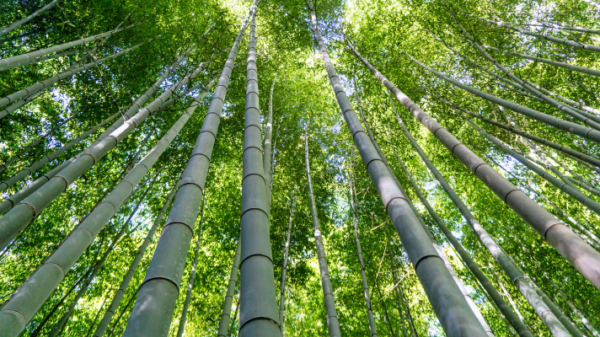
Following the World Trade Organization ruling in the 1990s that wiped out the Caribbean’s once-booming sugar industry, Jamaica went all-in on tourism – a risky strategy resulting in $76 billion lost in 2020 due to COVID travel restrictions.
Enter bamboo. Few plants rival bamboo (Bambusa vulgaris) in terms of versatility, with applications in flooring, roofing designing, scaffolding, furniture, food, biofuel, fabrics, cloth, pulp, charcoal, ornamental garden planting, and additional environmental benefits such as being a significant carbon sink (pulling carbon dioxide from the atmosphere) and potent phytoremediation capabilities.
Jamaica is seeing the impact bamboo can have on its long-term economic growth. Prime Minister Andrew Holness believes their new bamboo pulp mill (developed by Bamboo Bioproducts) is a step in the right direction towards growth opportunities for his people. The project will create 5,500 jobs and $1.5 billion within ten years.
“This Bamboo project checks all the boxes— it improves the quality of life for many people, removes carbon emissions from the air, and delivers risk-adjusted profits. The plant will be co-gen, using bamboo bi-products to fuel the mill. The excess energy generated can be sold back to the national power grid. Everything about this project will be green.”
Bamboo is a sustainable alternative to wood in making household items and paper goods (like some of our products here at Nimbus). The tree-like grass grows quickly, is easy to process, lasts a long time, and is fully recyclable. On top of that, industrial bamboo products have a small carbon footprint or can even be carbon negative. Some trees used for paper/wood production can take up to 100 years to regenerate, whereas bamboo can harvest every other year.
Bamboo has many other uses such as flooring, roofing designing, scaffolding, furniture, food, biofuel, fabrics, cloth, pulp, charcoal, ornamental garden planting, and environmental characteristics such as being a significant carbon sink and good phytoremediation capabilities.
Canada to Cut Carbon Emissions by 40% by 2030
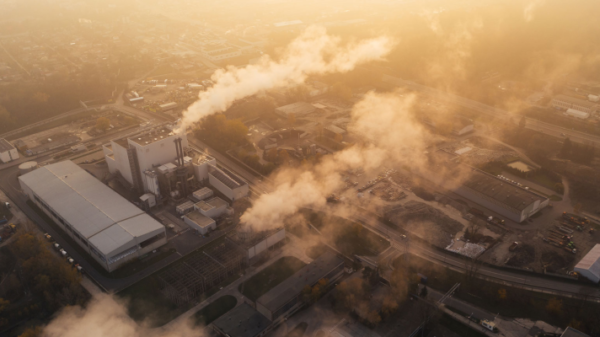
Canada is taking significant steps towards a sustainable future, announcing a $9.1 billion investment in incentives for zero-emission vehicles, tax breaks for fossil fuel companies that embrace carbon capture, utilization, storage technology, and enhancements to the Canadian electricity grid.
As Justin Trudeau announced at COP26 last fall, the government will implement a hard cap on emissions, projecting a 42% cut from current levels in eight years. They plan to achieve this partially through CCUS, a process that captures and reuses or stores carbon dioxide.
$2 billion goes to ”futures funds” in Alberta, Saskatchewan, Newfoundland, and Labrador to help workers across sectors upgrade or gain new skills to be on the leading edge of the zero-carbon industry. $1.7 billion extends existing incentives that offer credits to people who buy zero-emission cars and trucks.
A federal mandate will dictate that 60% of all new vehicles sold in 2030 are zero-emission before rising to 100% in 2035 – meaning by the middle of the next decade, Canadians won’t be able to buy a new internal combustion engine automobile.
The transition from gas-powered to electric vehicles will result in a significant increase in electricity demand — and the government hopes to mitigate the adverse environmental effects of this by making the power grid zero-emission by 2030.
Looking Forward
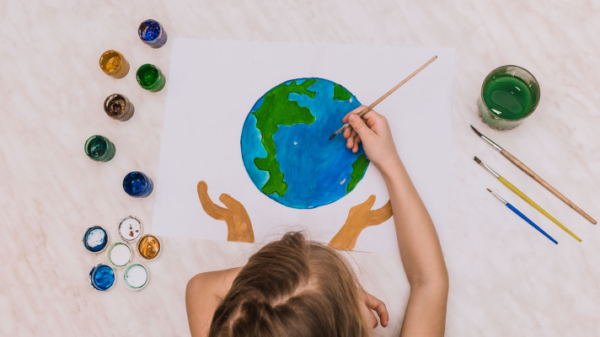
These are just a handful of many exciting new movements being made by individuals, organizations, and governments to clean up the mess we have made from reckless behavior during the industrial revolution.
However, what is certain is that we live in an exciting time of transition, where anything is possible. As the old saying goes, ‘necessity is the mother of invention,’ and finding cleaner, more sustainable alternatives has now become an absolute need if we are to continue as a race.
Here’s to your health and happiness, always!



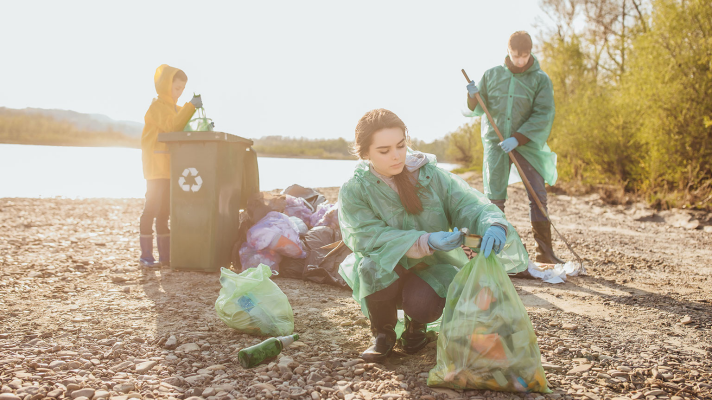

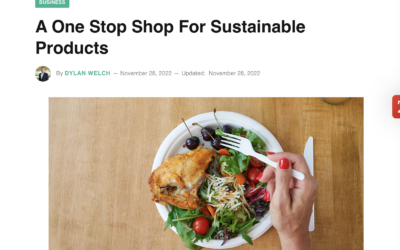
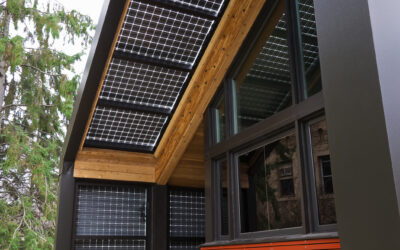
0 Comments